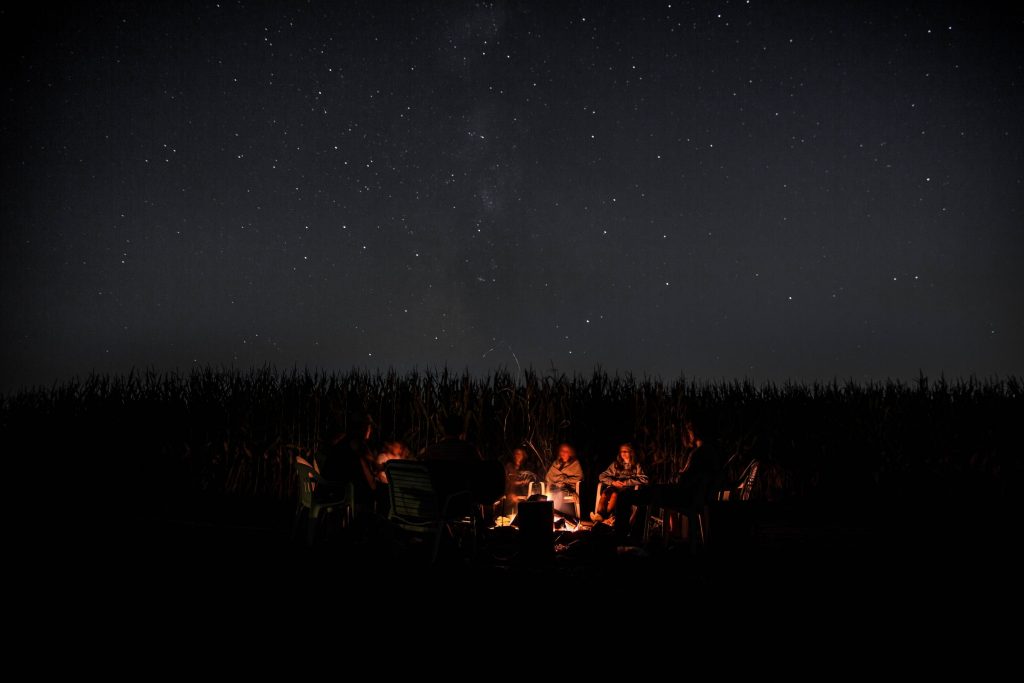
Once upon a time, if you were writing a nonfiction book you may have thought that it was all about explaining your ideas clearly, getting your facts right, doing thorough research, making a strong argument, or deciding what to put in and what to leave out. But the use of stories to engage and entertain the reader of your nonfiction book is beyond question now. It seems like every TED talk starts with a personal story and every factual book is peppered with anecdotes that explain, inform, and educate. The power of story is not the subject of this article. What authors have found useful is a pick list of different ways that they can weave stories into their books.
The Big Story
Your entire book is a story of some kind or another. Perhaps it is a straight up delivery of the story of an event, a series of connected events, or of somebody’s life. The simplest structure is to tell this story from beginning to end, in chronological order. As the author, you still have to play editor because you must select and arrange the pieces of the story you use. Even in the biography of a long-lived person, you will be restricted to 30–50 “scenes” from their life that may comprise thousands of days.
A Story Per Idea
In this structure, you use stories to illuminate each idea that you introduce. The stories may or may not be connected, but we’ll look at that further on. For example, you may have a chapter per idea. In each chapter you can either:
- Open with a story, and draw the idea from it,
- Start to explain the idea and then tell a story that illustrates it, or
- Combine the two and go from story, to explanation, back to the story, more explanation, and so on, until you have wrung every drop of explanatory narrative from your tale.
Fairy Lights
This is a combination of the Big Story and A Story Per Idea. You have your big arc of a story that spans the whole book, but you jump off the major story to tell other, different, smaller stories as you move from idea to idea. Think of the Big Story as the string of the fairy lights and the Stories Per Idea as the little twinkly bulbs. The fairy light string gives the overall shape to how you hang the lights, or shape your book, while the bulbs are distinct lamps that light up the ideas on the way, before you move on along the string.
Eric Schlosser does this beautifully in the masterful Command and Control, one of my favourite nonfiction books. It has the accident in a nuclear missile silo in Arkansas as its main Big Story. Schlosser weaves in stories of the arms race, other nuclear weapon accidents and near misses, how they developed the safety mechanisms for storing and handling weapons, and other myriad tales related to his theme of the precarious nature of these dangerous arms. But the book always comes back to its central drama, which pulls the book along. Each subsequent episode in the Big Story provides further jumping-off points for side narratives that add flavour to the main dish.
Build a Wall
When you Build a Wall in a nonfiction book, you don’t have a Big Story that is told through the book. When Building a Wall, the author takes a brick, the first story, then adds another narrative brick, on which they lay yet one more tale. Until eventually, the author has fashioned a wall with each small story resting on those earlier in the book. They link the stories, one to the next, describing the connections and how the bricks fit together as they construct the book.
Pieces of a Puzzle
One very satisfying, but hard to achieve, technique is where the author scatters stories through the book, with each one bolstering a point being made where it sits. But at the end, they bring them together and point out the narrative link between them. We borrow this from fiction. The disconnected lives that come together at the end of the book is a skilful art even in fiction, and much harder in nonfiction.
It has similarities with Building a Wall, but whereas that construction points out the connections between each story and the next as the author lays the bricks, in Pieces of a Puzzle, you first see all the bits spread out before you, before they are assembled to reveal the complete picture at the end.
The reason this is hard to do, and much more difficult in nonfiction, is simply because, in contrast to fiction, in nonfiction, readers have more need to know what the book is about from the beginning. In fiction, a certain amount of ambiguity is not just satisfying, but necessary. Readers like a world, characters, and narrative to be revealed as they go. In nonfiction it is much harder to leave the theme or the message of the book to the end.
Ad Hoc Stories
There is nothing stopping you from dropping stories in when and where you please. You needn’t feel encumbered by a story per idea, or per chapter. If there is a tale to tell that sheds light on something you are writing about, then as long as you can move into and back out of the story smoothly, put it where it goes.
This should give you a few more ideas about how to use stories to enhance the ideas and the structure of your book. In future articles, we’ll look at the different stories you can deploy to explain and augment the ideas you are trying to spread.
Photo by Kevin Erdvig on Unsplash
